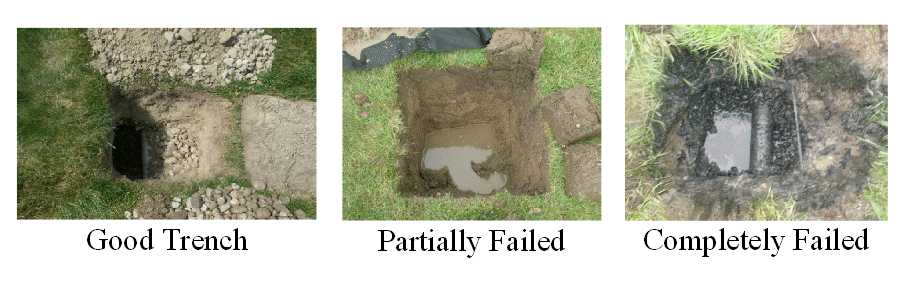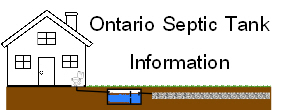How can you accurately inspect a septic system?
Lets first look at what a septic system has to be doing correctly to be considered a properly functioning system:
Bacteria within the tank and bed must convert complex organic matter such as toilet paper, fecal matter, ammonia, fats, oils, greases, etc into basic molecules such as water, nitrogen, and co2. If the bacteria are not breaking down the complex molecules then the system will fail because untreated sewage will simply pile up and prevent all sewage from entering the soil. The septic tank is capable of treating up to 60% of the sewage if it is working properly. The remaining 40% must be treated within the treatment/disposal bed area.
The efficiency of a septic system can easily be assessed by looking at the bacterial health within the tank AND in the treatment/disposal bed.
A common practice within the septic industry is to only look at the septic tank to identify how well the system is working. Unfortunately though, the tank is rarely the part of the system that fails and needs to be replaced. A treatment/disposal bed failure is what causes the septic tank to back up and “fail”.

By locating and uncovering a very small section of the bed we can identify where on the scale of “failure” the system is. If the system is only partially failed then it may be possible that the system can be revived with proper maintenance. If the failure is more advanced then other actions can be recommended to reverse the failure. It is also necessary to look for root and dirt damage within the septic bed with a sewer camera whenever possible.
